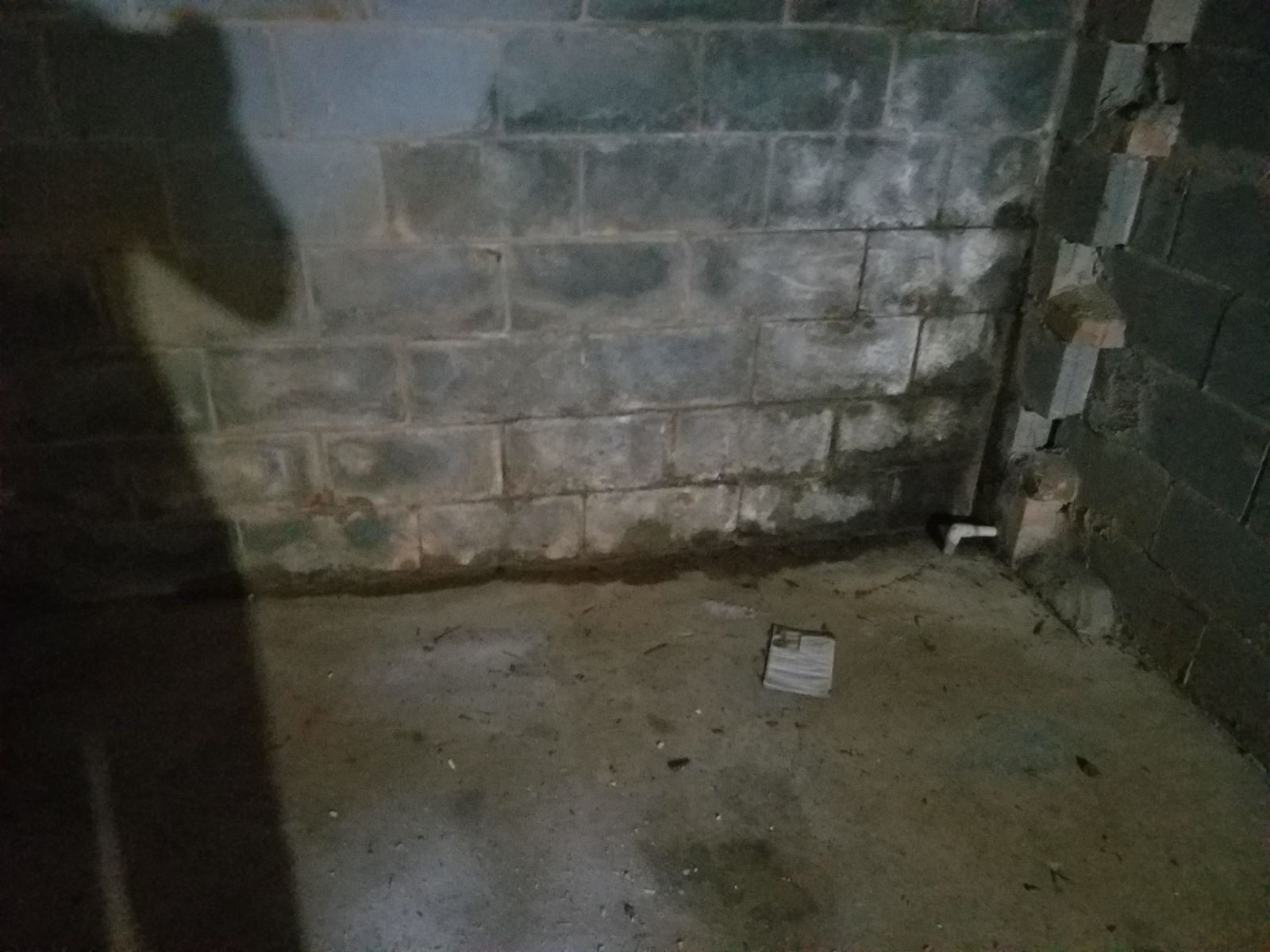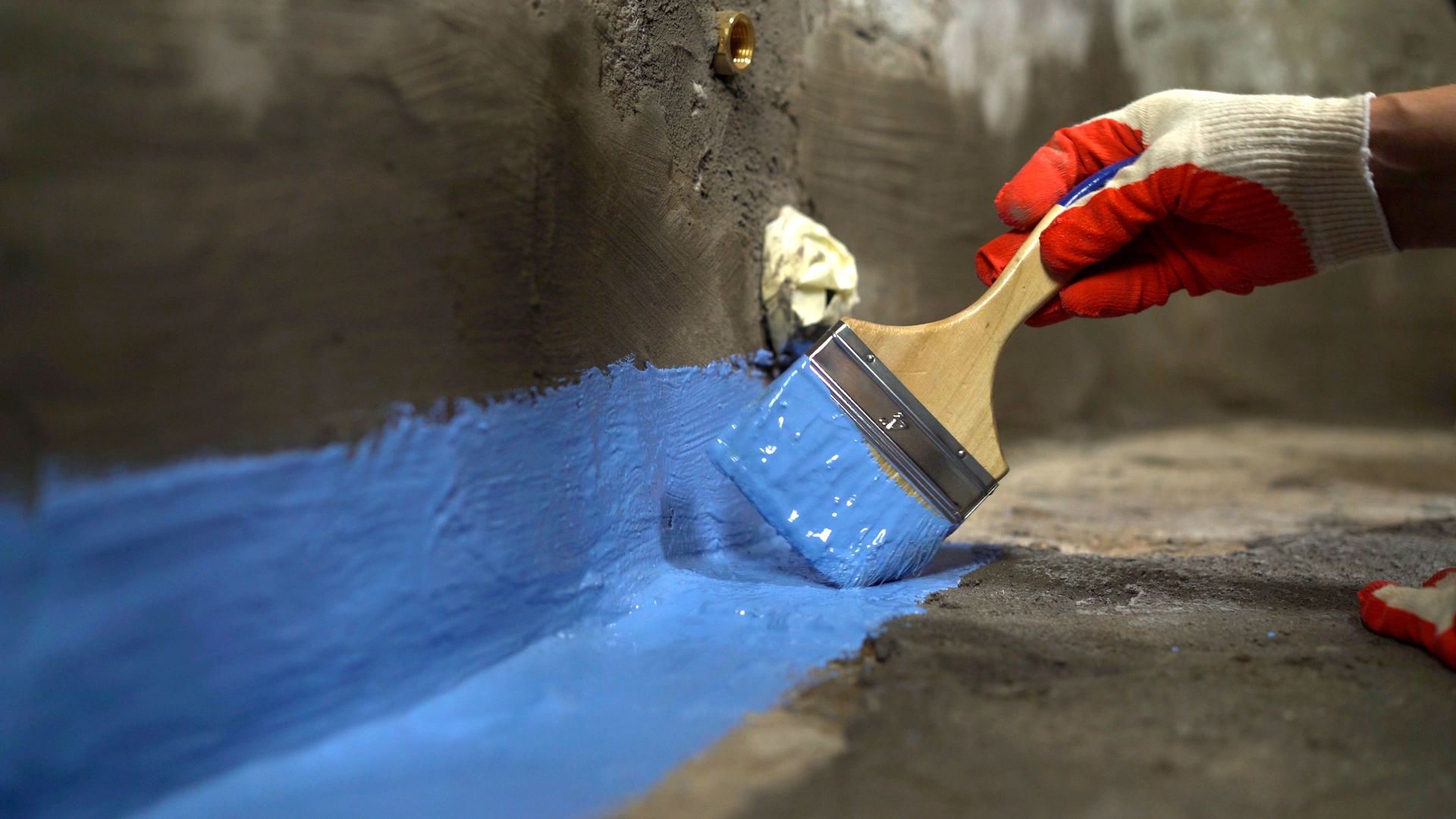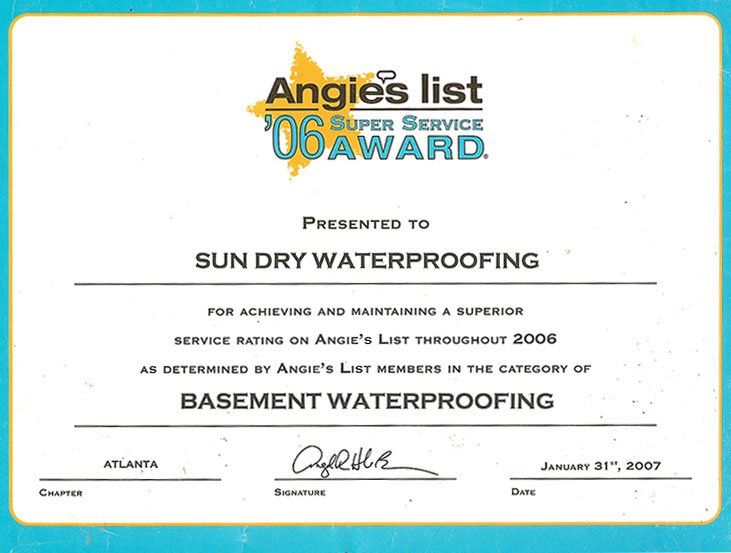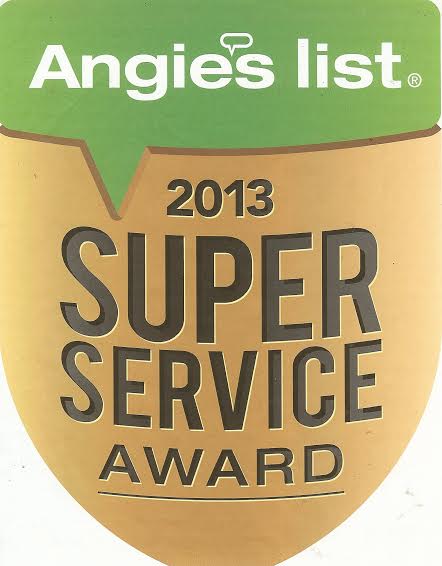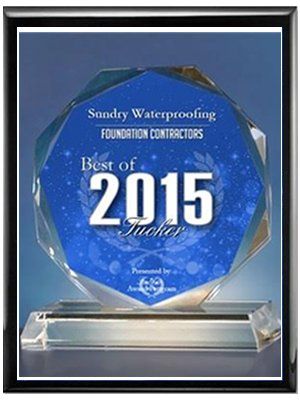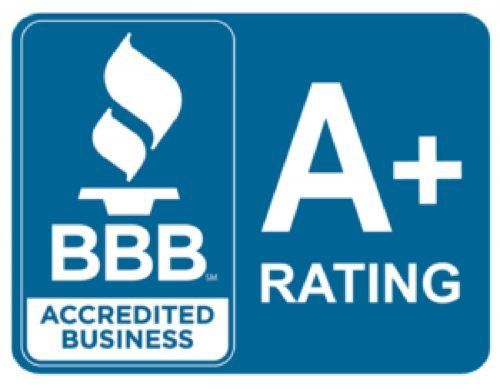Basement Waterproofing Methods Differ Greatly: Here’s Why
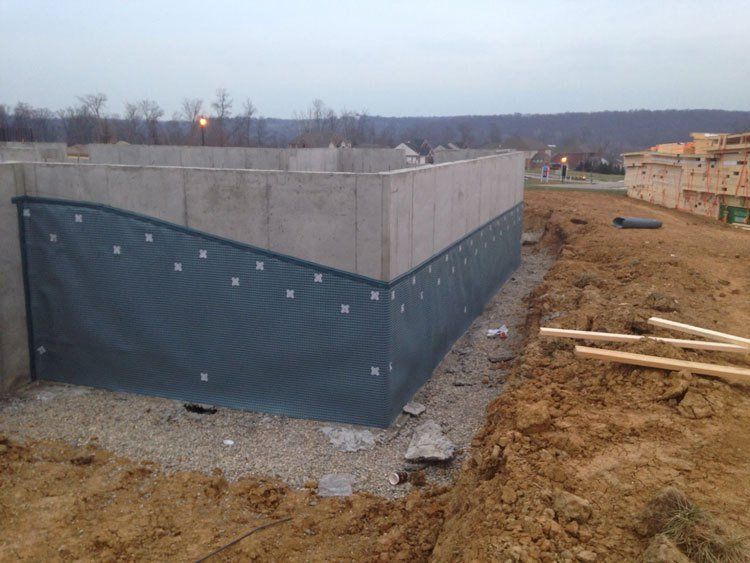
You can walk down the isle of any hardware store in any town and find a hundred methods, solutions, and quick fixes for waterproofing your basement. Each and every one of them may work for a period of time. The one condition that these methods do not take into account is pressure.
Pressure exerted by the water is what causes it to flow into our homes. Hydrostatic pressure and lateral pressure force the water to move somewhere—often into our basements. At Sundry Waterproofing, we offer permanent solutions for waterproofing your basement and keeping it dry once and for all.
There are several main types of basement waterproofing methods. Interior sealants and coatings found in hardware stores repair cracks only for a matter of time—until water pressure breaks the seal. People often go this route because it’s easy and affordable. The problem is it is only temporary.
These products do not take into account the original cause of water making its way into your basement. Hydrostatic pressure forms when water collects under the concrete flooring of your basement. The water pools due to the surface soil surrounding your home becoming saturated. When the water is no longer absorbed by the saturated soil, it pools and causes the water table to rise. The pooled water then creates the hydrostatic pressure pushing against the foundation. This forces water into the basement.
Lateral pressure can also adversely affect the foundation of your home. The backfill dirt that was placed after your foundation (and basement) was built isn’t as packed, or strong as the surrounding soil.
Less compact soil is more absorbent and therefore more expansive. When soil expands from water absorption, it exerts pressure. The lateral movement is against your foundation. Since the foundation is sturdy, it has nowhere to give. This causes unwanted cracks and subsequent leaks directly into your basement.
Since we have ruled out the long-term effectiveness of a quick, inexpensive, “do-it-yourself” sealants for major problems (check out our blog on valuable DIY waterproofing tips), let’s discuss other methods of basement waterproofing that we offer. In addition to sump pumps, we install interior and exterior water drainage solutions to help the water from pooling in adverse areas.
While the pump rids the collection sites of the excess water, the drains form a network to direct the water to those sites. We also resolve exterior excess water through the use of drainage designed to direct the water away from the foundation of your home. Proper downspout placement can also be key to maintaining a leak-free basement.
Exterior waterproofing also comes in various forms. The soil around the home must be excavated in order to properly seal the outside of the foundation. The concrete is checked for leaks and cracks before it is sealed with varying coatings.
While all sealants are waterproof, they will not withstand the amounts of pressure that water with exert on them over time. Interior and exterior coatings and sealants must be used in conjunction with drawing water away from the home.
No matter the source or the means of entry of a leak into your basement, Triad has a solution. When it comes to leaks, we specialize in:
Repairing masonry foundation leaks
Installation of sump pumps, interior, and exterior drains
Window well installation, repair, and maintenance
Seepage from cove joints
Foundation wall cracks
Floor cracks
Porous concrete
Grading issues
In essence, surface repairs of cracks are necessary. But if you do not fix the root of the problem, the sealant will only be penetrated time and time again. With over 27 years of experience serving the tri-state areas of DC, Maryland, and Northern Virginia, we focus on fixing the origin of the problem.
Once that is addressed, then we can help with the aesthetics and seal the cracks on the interior and exterior of your basement. Waterproofing your home can add years and value. If left unattended, it can drastically decrease the value of a home and cause other major problems and even compromise the structural integrity.
In addition to remediating leaks and other water-based problems, we also offer a number of other basement solutions including concrete resurfacing, concrete floor sealing, and mold detection and removal.
With our expertise, we guarantee you’ll be satisfied with our workmanship. Not only do we use the best equipment and trained technicians, but our dedication to improving your home is apparent in every job that we complete.
Our customers are our number one priority.
